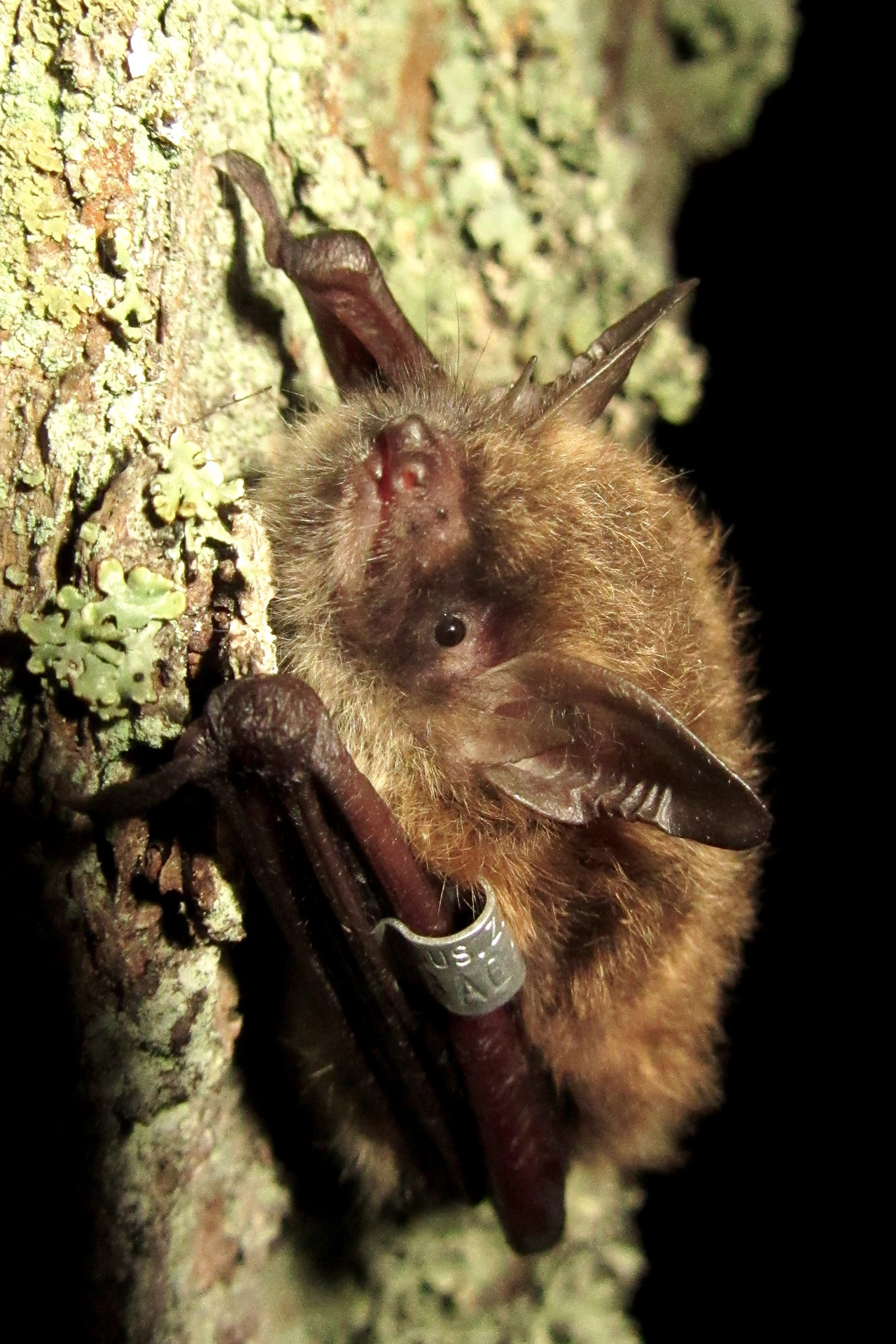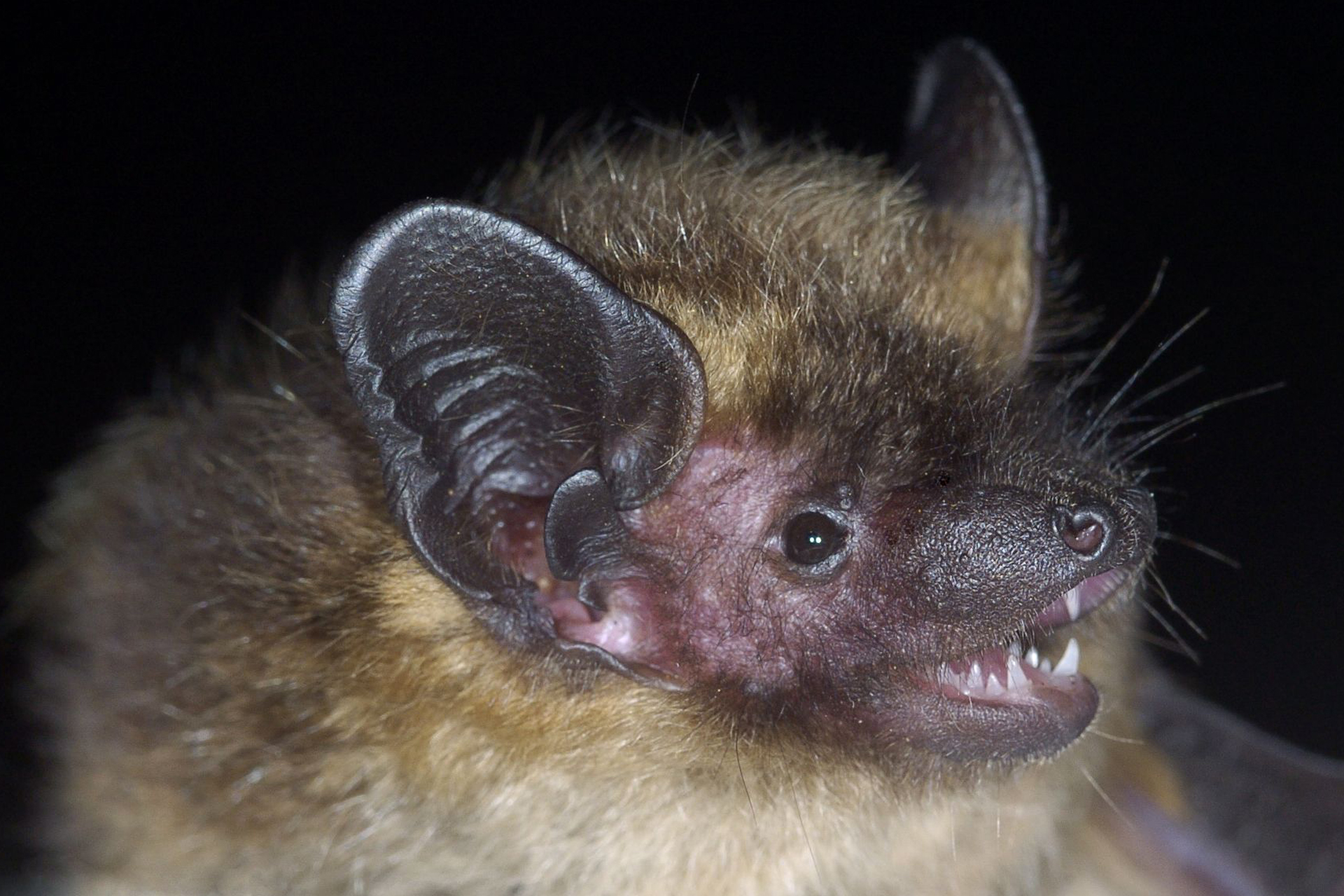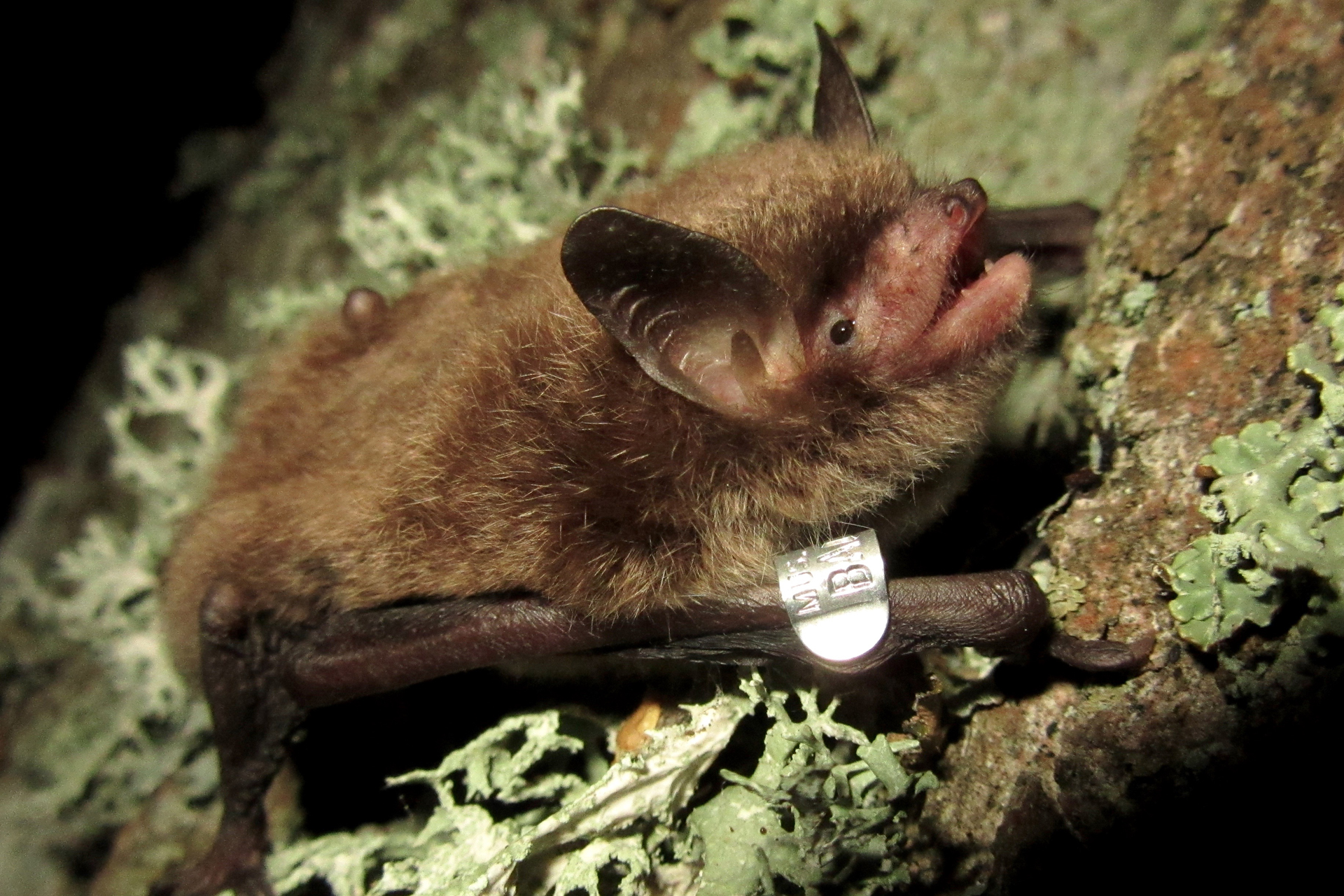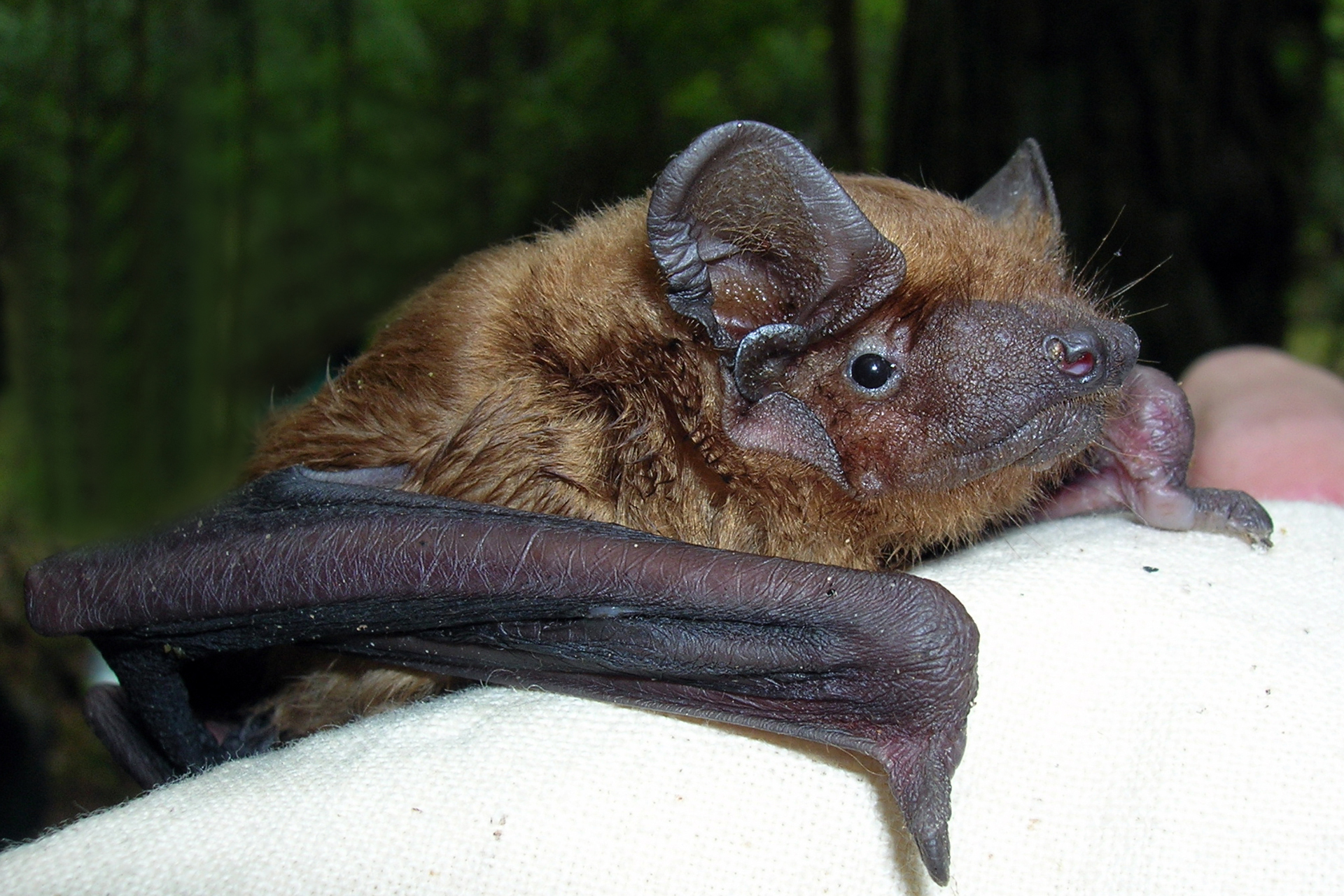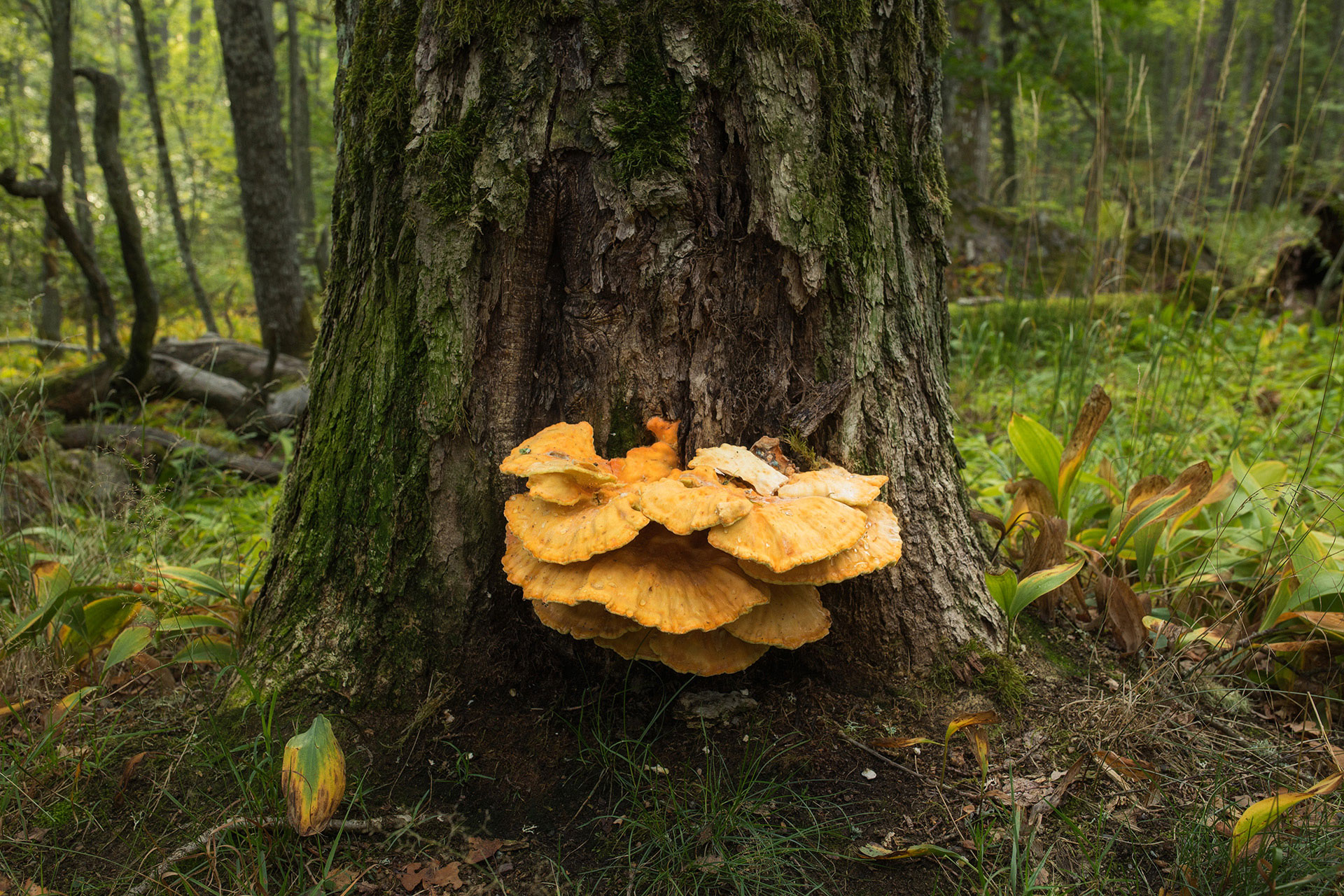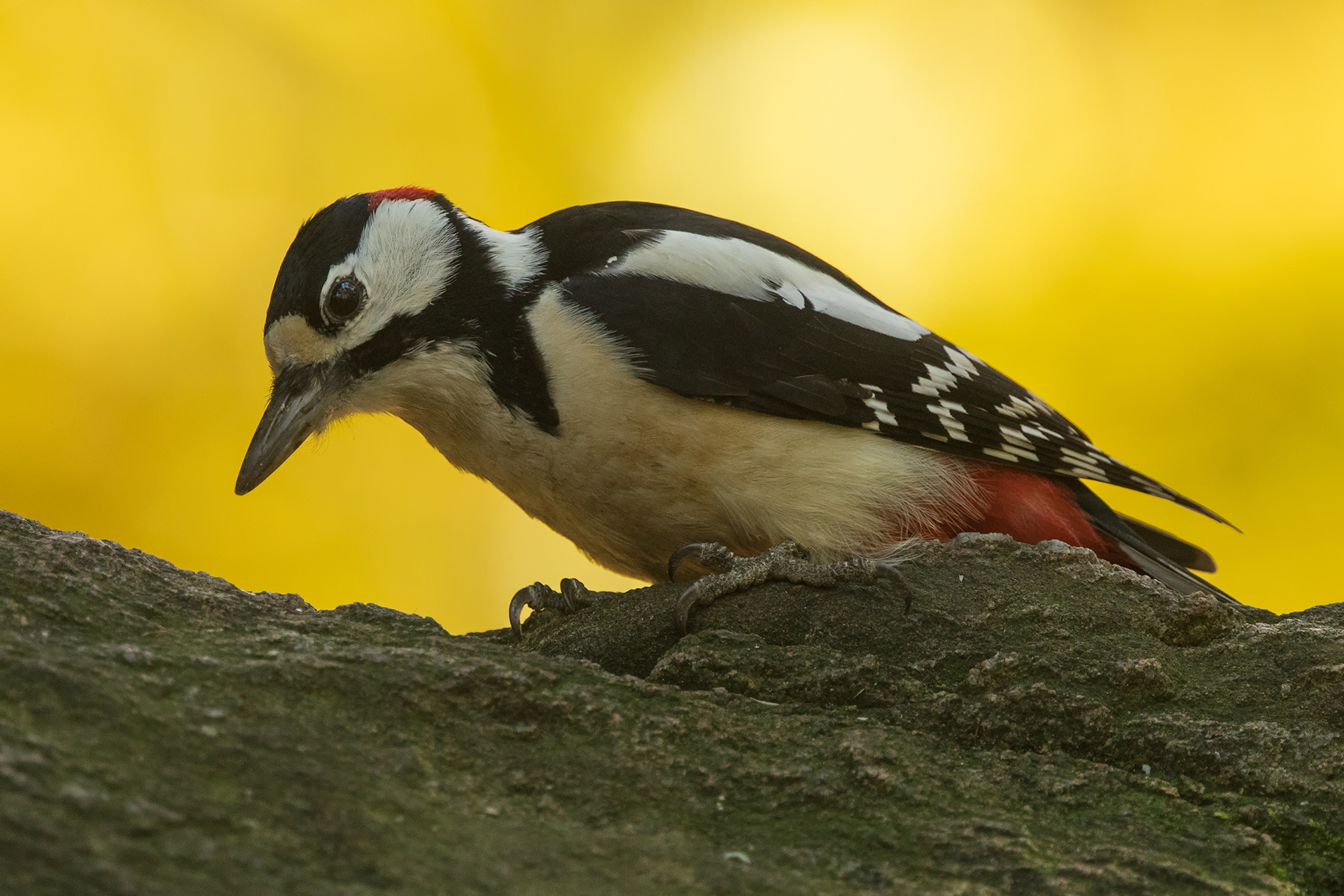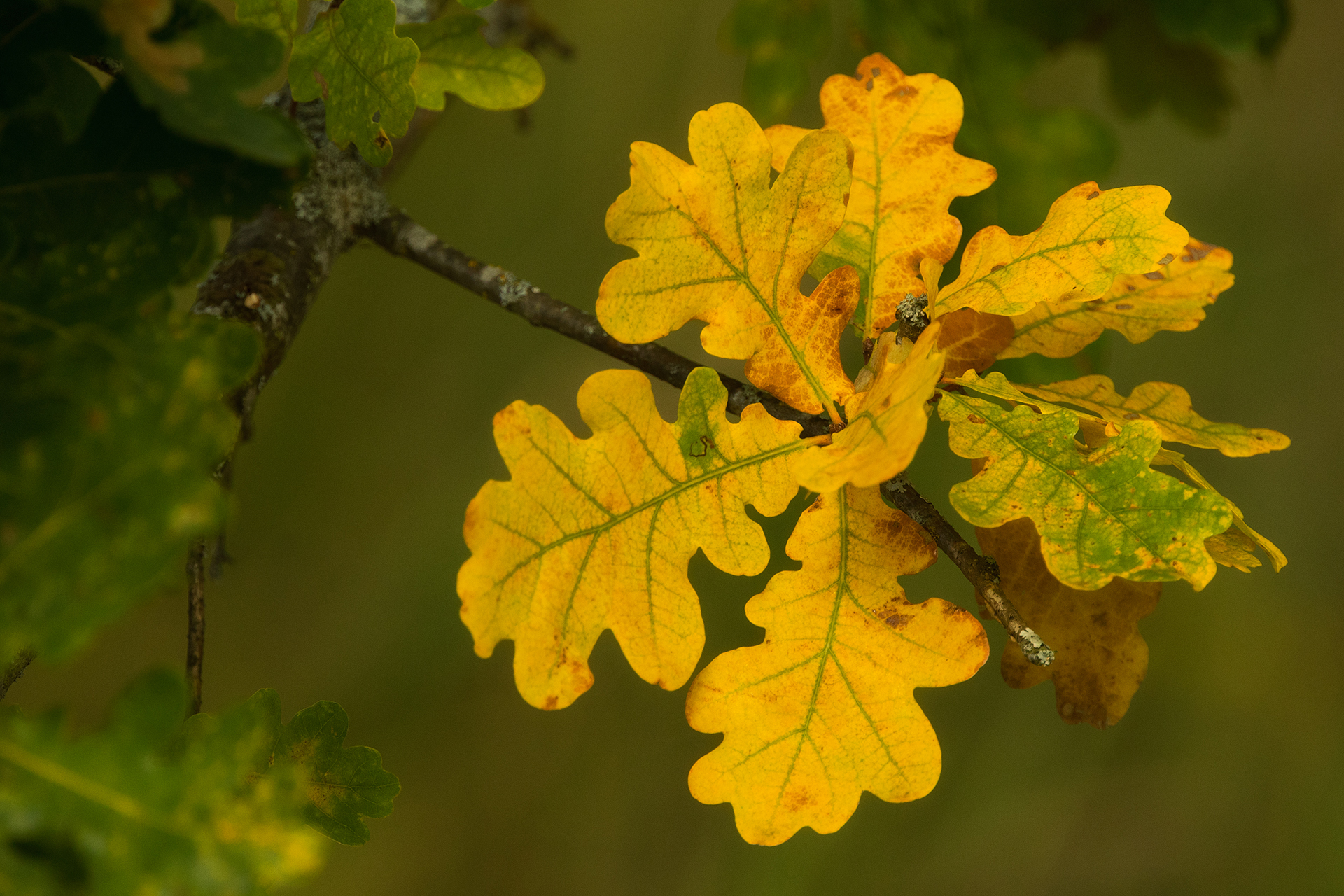The bats of Ruissalo: The nights grow longer
In late summer, bats focus on thinning out Ruissalo’s diverse range of insects and spiders, accumulating fat for the coming winter. Autumn is also the bats’ mating season. Migratory bats, such as the Nathusius’s pipistrelle, start their autumn migration at the turn of August and September.
Starting in late September and by October, bats start seeking out their wintering spots. They may still fly around on warm nights, but by this time they are already spending longer periods in light hibernation. Bats relocate throughout the autumn, often waiting until the lowest sub-zero temperatures before moving to their final wintering places.
Of the 13 bat species found in Finland, nine have been found on Ruissalo. The northern bat, the Daubenton’s bat, the whiskered bat, the Brandt’s bat and the brown long-eared bat are all common to varying degrees on the island. The Nathusius’s pipistrelle also breeds on Ruissalo nowadays, but the common noctule and common pipistrelle are rare visitors to the island. However, the star of the bats of Ruissalo is the rare and endangered Natterer’s bat, which in Finland is regularly found pretty much only in Turku.
